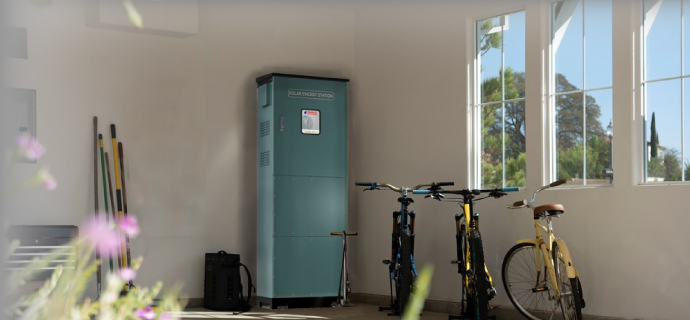Millions of people around the world are living without water. In many communities, groundwater is pumped up by electric pumps, using diesel engines to fuel their systems. However, these systems are not only expensive, frequent maintenance and fuel purchase, they emit carbon dioxide that pollutes the atmosphere.
Solar water pumping, or photovoltaic (PVP) water pumping, offers an alternative. After years of research and technological advancement, it has been proven to be well-functioning, economical and environmentally friendly. In recent years, the cost of solar technology has dropped a lot. Prices for solar panels used in these systems have dropped by up to 80%. In addition, the service life of these panels is extended to more than 25 years, requiring very little maintenance during this time.
These factors have made solar water pumping an extremely effective way to expand energy access across developing countries and communities. It also increases adaptation to changes in precipitation due to climate change or erratic non-seasonal weather. Some governments have opted to subsidize the cost of solar pumping, enhancing shared learning for this emerging technology.
Although solar water pumping is poised to become a global trend and is starting to take off in some parts of the world, its benefits are still not widely known to the public, the government. and organisations.
Source: http://www.worldbank.org

